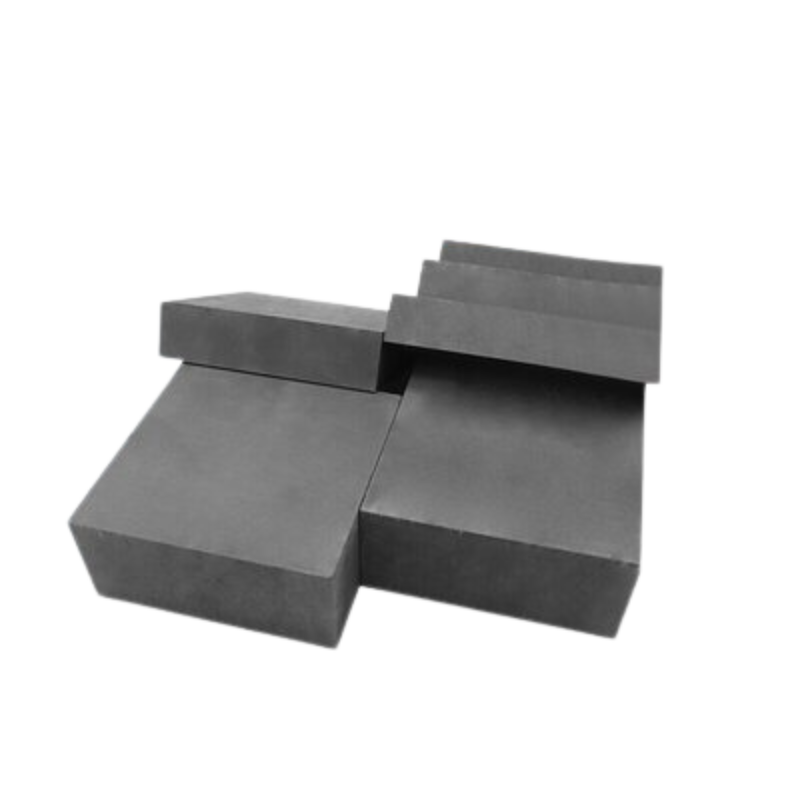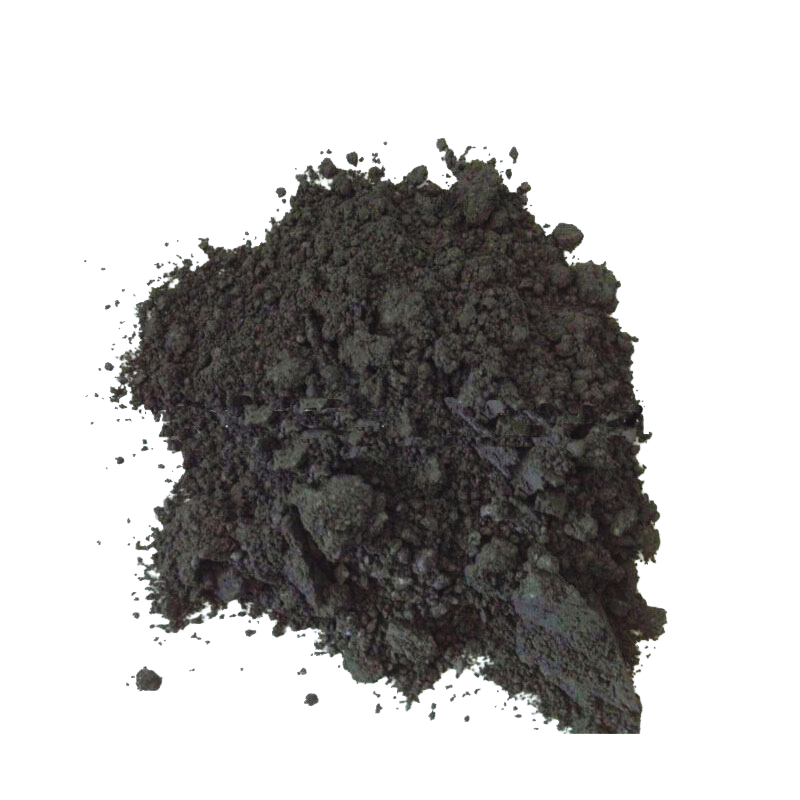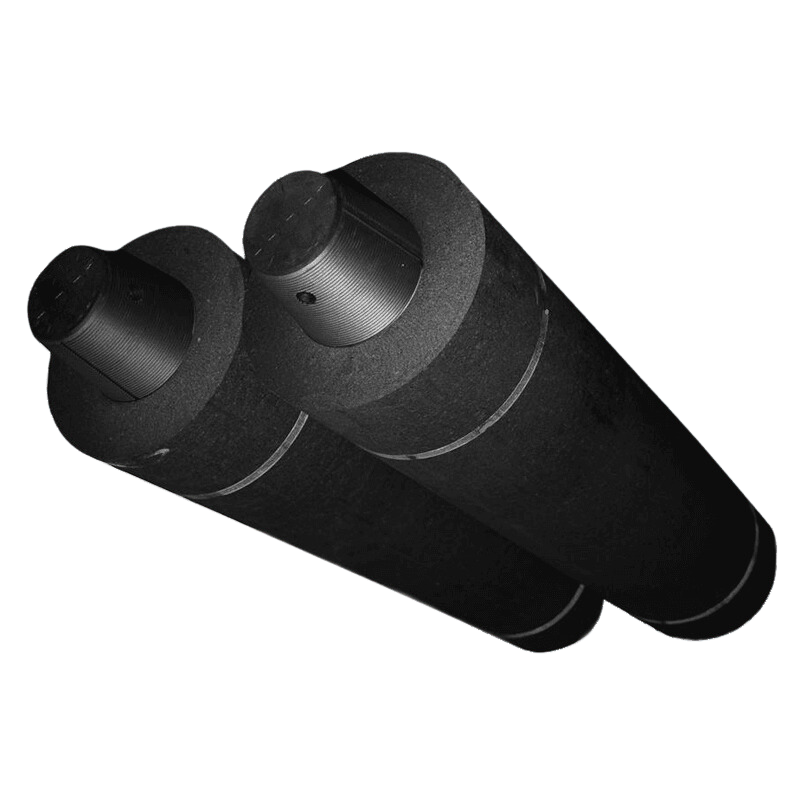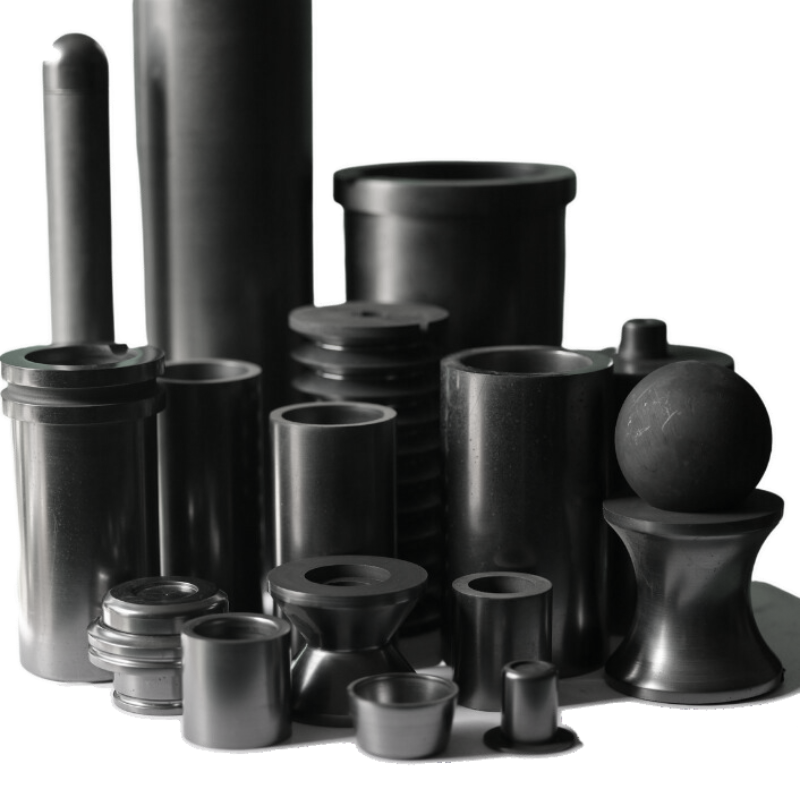Introduction:
Graphite molds play a pivotal role in various industries, serving as the backbone for the production of intricate and precise components. Achieving a superior surface finish is paramount in the manufacturing process, influencing the quality and functionality of the final products. In this article, we will delve into the techniques and strategies employed by graphite mold experts to enhance surface finishes, ensuring optimal performance and customer satisfaction.
Understanding the Significance of Surface Finish:
Surface finish is a critical factor in the production of components using graphite molds, as it directly impacts the aesthetics, functionality, and performance of the final product. A smooth and flawless surface not only enhances the visual appeal but also contributes to improved mechanical properties and reduced friction, making it imperative for industries such as aerospace, automotive, and electronics.
Key Challenges in Surface Finish Enhancement:
Graphite molds face various challenges that can hinder achieving the desired surface finish. Factors such as graphite particle size, mold design intricacies, and processing parameters all play a crucial role. To overcome these challenges, experts employ a combination of advanced techniques and industry best practices.
Techniques for Surface Finish Improvement:
1.Graphite Material Selection: The foundation for achieving a superior surface finish lies in selecting the right graphite material. Fine-grain graphite with a high degree of purity is preferred, as it minimizes the risk of surface imperfections and ensures a smoother finish. This step is fundamental in optimizing the overall performance of the graphite mold.
2.Surface Treatment: Employing specialized surface treatments is a common strategy for improving the surface finish of graphite molds. Coating the mold with materials such as silicon carbide or boron nitride can significantly reduce friction and enhance the mold’s resistance to wear, resulting in a smoother surface on the manufactured components.
3.Machining Techniques: Precision machining is a cornerstone in the quest for superior surface finishes. High-speed machining, utilizing advanced CNC technologies, allows for intricate detailing and minimal tool marks on the graphite mold surface. This not only improves the aesthetic quality but also ensures the accurate reproduction of mold features on the final components.
4.Polishing and Finishing: Post-machining processes, such as polishing and finishing, play a crucial role in refining the surface of graphite molds. Abrasives with varying grit sizes are employed to eliminate any remaining imperfections and create a mirror-like surface. This step is particularly essential for molds producing components with high aesthetic requirements.
5.Optimized Cooling Systems: Efficient heat dissipation is vital in preventing thermal distortion and ensuring uniform mold temperatures. Optimized cooling systems, strategically designed to maintain consistent temperatures across the mold surface, contribute to improved surface finishes by minimizing the impact of thermal stresses on the graphite material.
Strategies for Surface Finish Enhancement:
1.Process Optimization: Fine-tuning the processing parameters is an ongoing endeavor for graphite mold experts. This involves optimizing parameters such as temperature, pressure, and dwell times to achieve the desired surface finish without compromising the integrity of the mold. Continuous monitoring and adjustment of these parameters contribute to consistent results.
2.Quality Control Measures: Implementing robust quality control measures is essential for identifying and addressing any deviations in the surface finish early in the manufacturing process. Advanced inspection techniques, including 3D scanning and profilometry, enable experts to assess and validate the surface quality, ensuring adherence to strict specifications.
3.Innovative Design Considerations: The design of graphite molds plays a pivotal role in determining the attainable surface finish. Integrating innovative features, such as draft angles, fillets, and proper gating systems, contributes to smoother demolding and reduces the likelihood of defects. Expert mold designers collaborate closely with manufacturers to optimize designs for both functionality and surface finish.
Conclusion:
In the realm of graphite molds, achieving an impeccable surface finish is both an art and a science. The integration of advanced materials, precision machining, and strategic design considerations culminates in the production of high-quality components that meet the stringent demands of modern industries. As graphite mold experts continue to push the boundaries of innovation, the quest for surface finish perfection remains a driving force, ensuring that the products manufactured with these molds not only meet but exceed expectations. Embracing a holistic approach that combines material science, machining expertise, and meticulous quality control is key to unlocking the full potential of graphite molds in the pursuit of superior surface finishes.





